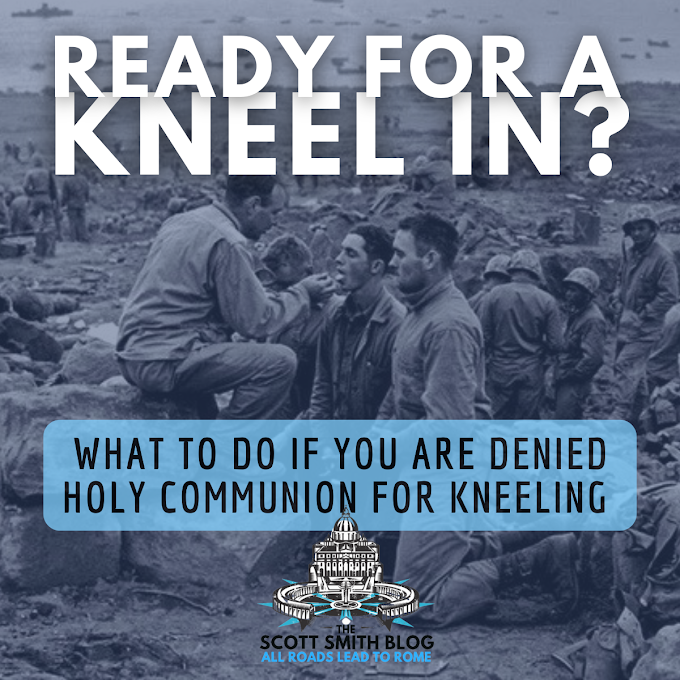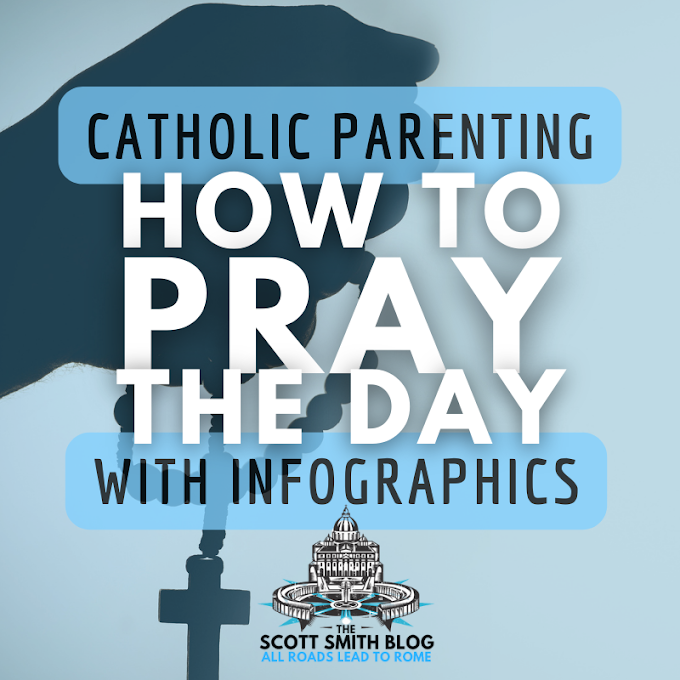NEW POPE HAS POINTE COUPÉE ROOTS
By Brian J. Costello
Pointe Coupéeans joyous over in the election of the first pope from the United States and only the second from the Western Hemisphere can be especially jubilant in that Robert Francis Prevost, now His Holiness Leo XIV, has roots in this parish. In his maternal lineage, he is descended from a number of early Louisiana Créole families, including Glapion from New Orleans, Lemelle from the Opelousas country, and GrandPré from Pointe Coupée.[1]
The Holy Father’s great-great-great-grandfather Louis Charles Boucher de GrandPré (1745 – 1809) - here pictured - was commandant of the military post of Pointe Coupée during the Spanish colonial period, from 1776 until 1781. Early in his administration, authorities built a camino real (royal road) linking the Mississippi River to the north with False River on the south, which the French populace dubbed the Chemin Neuf (New Road) for which the city is named.
Shortly thereafter, GrandPré led the Pointe Coupée Militia in successful repulses of British forces at nearby Thompson Creek, the Amite River, and Baton Rouge in Spain’s collaboration with the American colonists in their fight for freedom from Great Britain. Countless residents have since qualified for membership in the Sons and Daughters of the American Revolution owing to their ancestors’ military service.
GrandPré's memory is preserved in the name of a street in Baton Rouge’s early Beauregard Town neighborhood. While few landmarks survive from the era of GrandPré, the continuity of the Catholic faith since the time of the Spanish and French explorers of the 18th century is the lasting legacy of colonization and evangelization in Pointe Coupée and Louisiana.
People of color and marginalized white families persisted in and promoted the faith through centuries of socio-economic oppression and natural disasters including the atrocities of enslavement and postbellum lynching, and the diaspora of family and friends during the deadly flood of 1912.
The pope’s family was among those who left the South for more educational and economic opportunities, and His Holiness is a native of Chicago. His paternal line, Prevost, might have another genealogical link with Pointe Coupée, alas back in Europe, as the matriarch of the early Jewish merchant Jewell family was the legendary Sophie Prevost, a Catholic émigré of the Ste. Domingue (Haitian) revolution. Additionally, Prevost is a prevalent surname in many South Louisiana communities.
Addressing the suffering that continues to oppress countless people, of various ethnicities, Cardinal Prevost in the late 20th and early 21st centuries was a vanguard in the struggle for social justice and workers’ rights, particularly in Peru where he ministered for approximately two decades.
LEONINE LEGACY
Cardinal Prevost’s profession in a religious order and selection of Leo as his regnal name also has especial local effect, as the most beloved pontiffs here in earlier generations were Leo XIII and Gregory XVI. Born Gioacchino Vincenzo Raffaele Luigi Pecci, the frail but dynamic Leo XIII prefigured Prevost’s campaign for social justice and the dignity of laborers, delivered a dozen encyclicals on the Rosary devotion, and composed the Prayer to St. Michael the Archangel. Many were the Pointe Coupée faithful of the time who named their children Léo, Léonida, Léonide or Léonie in honor of the little pope who was big on liberation and empowerment of the working masses.
The new pontiff is one of but few in recent centuries to have been a member of a religious order, Leo XIV being an Augustinian. Recently-deceased Pope Francis, birth name Jorge Mario Bergolio, was a Jesuit, and Gregory XVI, was a professed Camaldolese. Gregory, born Bartolomeo Alberto Cappellari, in 1839 issued the bull In supremo apostalatus condemning the slave trade and was, doubtless, a model for Pointe Coupée emancipationists including the venerated Madeleine Olivo, widow of Simon Porche.
FALSE RIVER’S OWN “POPE”
Pointe Coupée Parish oral historians and raconteurs have long quipped that the community was home to a native born pope: “Pope” Gebhart, of German and local French ancestry. False River Road farmer Francois Olivier Gebhart (1886 – 1945) was affectionately known to generations by the ti’ nom or nickname “Pope.” His wife, née Marie Anita Bergeron, was similarly beloved by the sobriquet “Madame Pope,” and a stalwart member of St. Mary of False River. In standard French, however, the term for the supreme pontiff is pape.
FOOTNOTES:
[1] Archdiocese of New Orleans and Diocese of Lafayette sacramental records; conveyance records of Pointe Coupee Parish; and United States Federal Census Schedules.











0 Comments